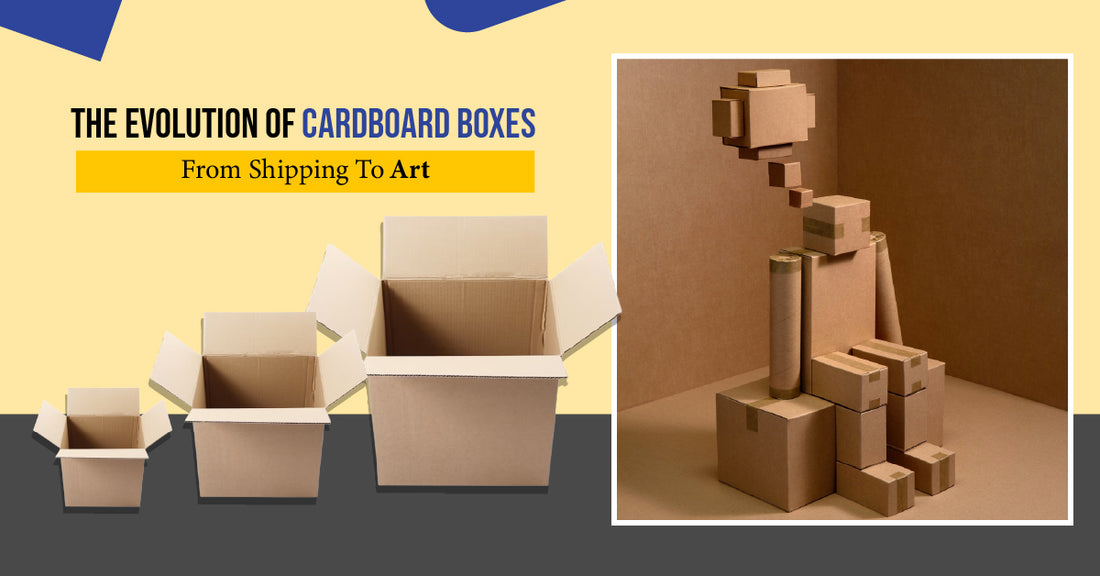Cardboard packing boxes are a fantastic versatile product that can be used for so many different things. Whoever said boxes are boring? The reason they are so popular when compared with plastic boxes and other types of box is because they are low cost, so you can buy lots of them without it breaking the bank.
This is useful for members of the public who are using boxes for everyday tasks so don’t want to spend much, but it’s also useful for businesses who use lots of boxes on a regular basis and don’t want the cost to add up to much either. Another reason that cardboard boxes are so popular is because they are recyclable, so they are the environmentally friendly packaging solutions option.
They are often made from recycled paper and they are fully recyclable too, so there won’t be any wastage when using them. Boxes come in so many different shapes and sizes, so if you are searching for a bespoke type of box, then they are perfect for this as well. So what are the main uses for cardboard boxes?

So what are the main uses for cardboard boxes?
-
Firstly, they are very useful for house moving. When you are moving house you will likely need a very large number of boxes, when you consider all of the household possessions that need relocating. Most people need at least ten boxes per room of the house, which can certainly add up for an average three bed house or larger. They are perfect for moving house because cardboard boxes are strong so they can hold heavy objects inside of them without breaking, plus you can stack them on top of one another in a removal lorry too. Medium sized boxes are easy to carry when full, without becoming too heavy, so this makes them perfect for house moving, while large boxes will hold lots of objects inside of them which can save you time and money too.
-
The second most common use for cardboard boxes for packing is shipping. They can be used by businesses as well as the public for sending objects with a courier or in the post to customers or friends. They are strong enough to protect the things you put into them during transit, so if you use bubble wrap as well you can ensure that your objects are safe. You can buy the exact size of box for the object you are sending, so that the object cannot move around inside of the box and become damaged that way either. If you run a business, you can have your logo and information printed on the outside of the box too, which is another great benefit of using cardboard boxes.
-
Another important use for cardboard boxes is storage. Strong boxes made from cardboard will protect the objects you are storing, plus they are very durable too so they are designed to last for a very long time, as long as the area is dry. If you store boxes in a damp area this is when there could be a problem, but so long as the area is dry then you shouldn’t have a problem. The attic is a perfect storage area, as is the garage or shed. The temperature doesn’t matter, so long as there is no moisture.
-
You can have a lot of fun with cardboard boxes when you are finished using them, especially if you have children. You can make art from it, by cutting the cardboard into shapes which can be inserted into each other and then painted. You could make a play house for children as an example, with window holes and a door and paint the whole house to make it look like a real home. You can even stick several boxes together to create a real large house that you can fit into, with furniture too, if you wanted to go all out.
-
If you have a muddy entrance to a door, you can temporarily put cardboard onto the muddy entrance to ensure that your guests can enter without ruining their shoes. This is also useful at country shows where the paths can get very muddy. This is more of a countryside problem, but cardboard can certainly come in handy here. Just flat pack the box so it forms a cardboard sheet and you can use it for almost anything.
-
Packing boxes near me are very easy to write on, as they are effectively paper. So if you are moving, shipping or storing something, you can always write on the outside of the box to say what is inside, to say if it is fragile or delicate, or say how heavy the object is. You could also say which room of the house that the object belongs in, if you are moving house.
Take a moment to read the blog: Beyond Storage: 5 Creative Uses for Cardboard Boxes





